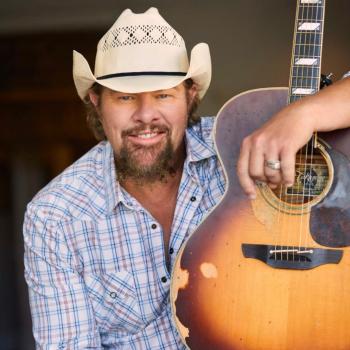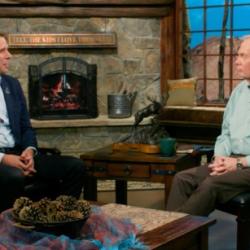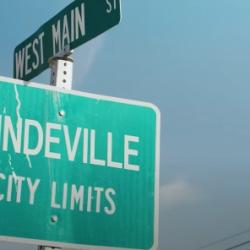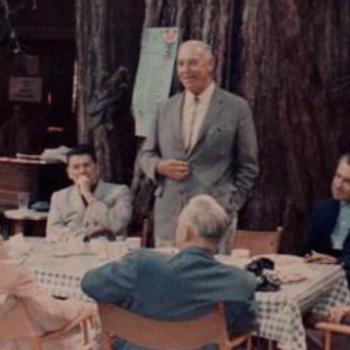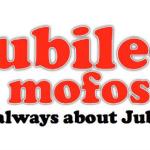The poem I posted yesterday is one of my favorites because it was one of my mother’s favorites. And because it therefore may have changed my life.
Mom taught second grade for most of her career. That included lessons introducing her young students to poetry. In her class, this usually began with a big serving of Ogden Nash. When he is remembered at all nowadays, Nash is remembered as a composer of “light verse” — of amusements more than of art. He wasn’t so much a “poet” as an entertainer and comedian who happened to work in the medium of verse.
But I think Ogden Nash was a terrific place to start when introducing second-graders to the world of poetry. And I think it was good and proper and wise to begin poetry lessons, specifically, with the first piece Mom usually read out loud to her students:
Eletelephony
Once there was an elephant,
Who tried to use the telephant—
No! No! I mean an elephone
Who tried to use the telephone—
(Dear me! I am not certain quite
That even now I’ve got it right.)
Howe’er it was, he got his trunk
Entangled in the telephunk;
The more he tried to get it free,
The louder buzzed the telephee—
(I fear I’d better drop the song
Of elephop and telephong!)
Second-graders love that poem. It’s silly and funny in exactly the way that second-graders tend to appreciate. Nash wasn’t shooting for Great Art, he was just playing with words — taking them apart and putting them back together and bouncing them off of one another for the sheer fun of it. And that, I think, is what makes it a good starting point for an introduction to poetry.
Mom’s poetry lessons wasn’t all Ogden Nash, of course. She’d read “Paul Revere’s Ride” and a bunch of other “classics” as well including, always, James Weldon Johnson’s “The Creation.” Sharing that poem with her class was also an excellent early step introducing young second-graders to poetry, because Mom obviously loved that poem so much that her enthusiasm for it could teach them something about poetry even if they didn’t learn anything from the poem itself.
Johnson’s “sermon in verse” is, of course, a religious poem — an explicitly sectarian, specifically Christian religious poem. If you’re wondering whether reading such religious material in her classroom was appropriate, let me reassure you that this wasn’t a public school classroom. Mom taught at Timothy Christian — a private, nondenominational fundamentalist Christian school.
Which means that Johnson’s “Creation” was extremely in-appropriate. It was subversive and dangerous and should have been prohibited from the classroom, the library, the entire campus.
Mom wasn’t trying to be subversive in sharing this poem with the children in her classes (and with her own children at home). She was a devout Christian herself, wholly and sincerely immersed in the doctrines and “stances” of Timothy’s brand of American fundamentalist Christianity. She pretty much accepted that she was supposed to accept all of that, and so she did — the “literalist” prooftexting hermeneutic, allegiance to a strict-yet-elastic “inerrancy,” an imminent Rapture, young-Earth creationism, all of it.
But Johnson’s “Creation,” I think, made her a little squishy on that last one. And that, in turn, allowed her to be a bit squishier and more flexible on the rest of it, too.
See, she loved Johnson’s poem because she loved the story it was retelling, and the beauty of his retelling of it.
Stories, actually — plural — given that Johnson’s version merges elements from the creation story of Genesis 1 with the separate creation story that starts in Genesis 2. That much of what he was doing was perfectly acceptable for our fundamentalist community. We were supposed to merge and “harmonize” those two stories into one, just like we were supposed to smudge and blur all four Gospels into some impossible inerrant harmony. And just like we were supposed to do with Kings and Chronicles and all the other places where we needed to fix the Bible in order to read it the way we thought it was supposed to be read.
But Johnson’s retelling of the creation stories was still not compatible with ours because his was about something different. He told that story as a story about God. We treated Genesis 1-3 as a single story about God’s deeds and God’s rules — as a literal description of how, in the beginning, God created the heavens and the earth. For us it was a story that said “It happened just like this.” But for Johnson it was a story about God’s character — a story that said “God is like this.”
That was bad enough, but Mom’s love for this poem opened the door to something even worse. It accepted the dangerous idea that this story from the book of Genesis was exactly that — a story. I don’t mean that it was “just a story” or “merely” a story in the way that people dismissively say when they mean that something is not a true story. I mean that Johnson was retelling this story for all the reasons that storytellers have always told stories. And by doing so with a Bible story, he was suggesting that this was true of the storytellers who composed and preserved and retold its stories as well.
This was something I think Mom learned from Johnson without quite realizing she was learning it. And I think, in turn, it became something I learned from her in the same way.
And I think that, eventually, played a big role in why I am no longer the good fundamentalist that my church and my school trained me to be. It wasn’t because I turned my back on the Bible in pursuit of “liberal theology” (or liberal politics). It was because I inherited a love for stories, and thus went on to become something far more opposed to fundamentalism than any liberal theology. I became an English major.



